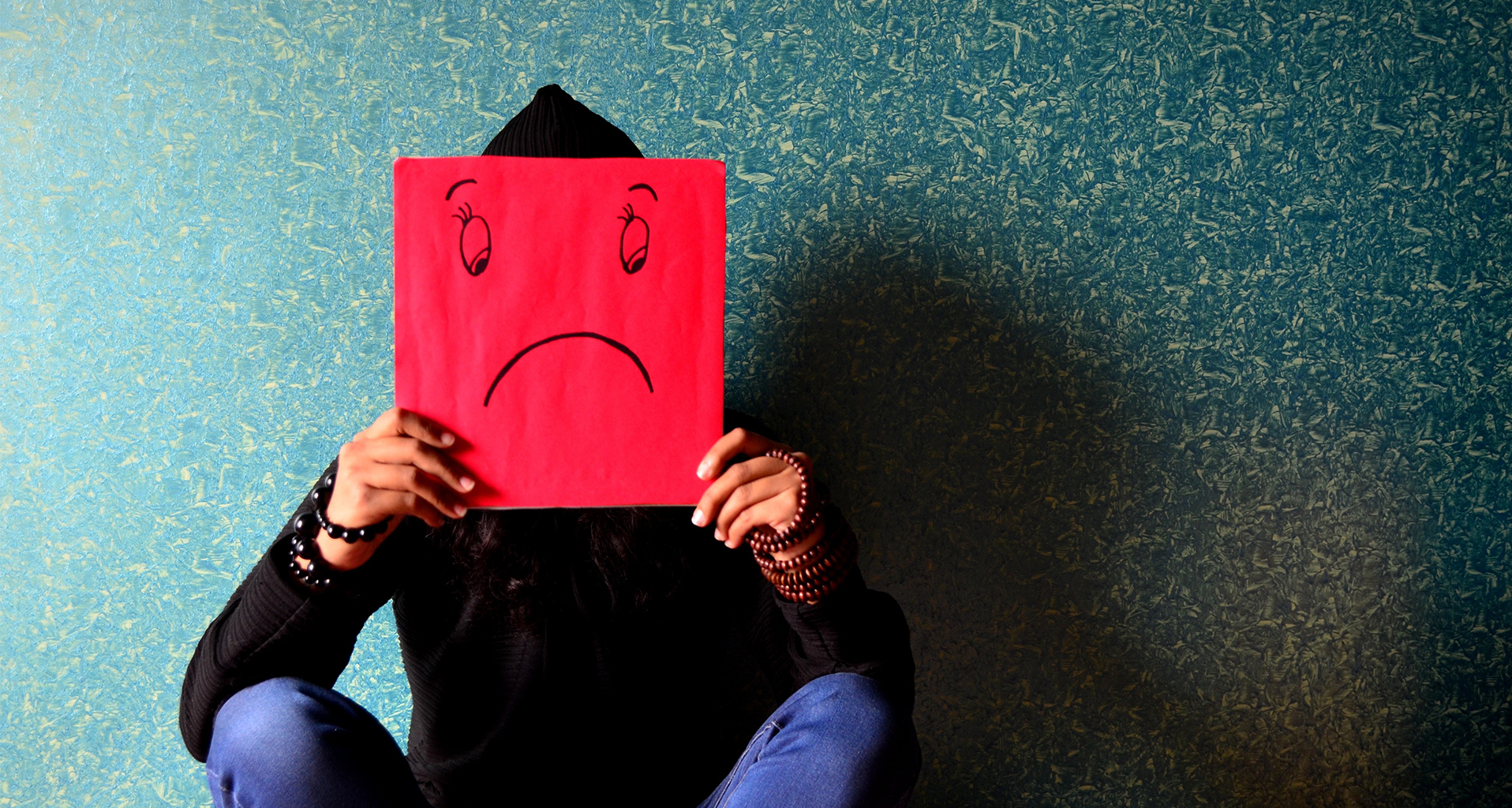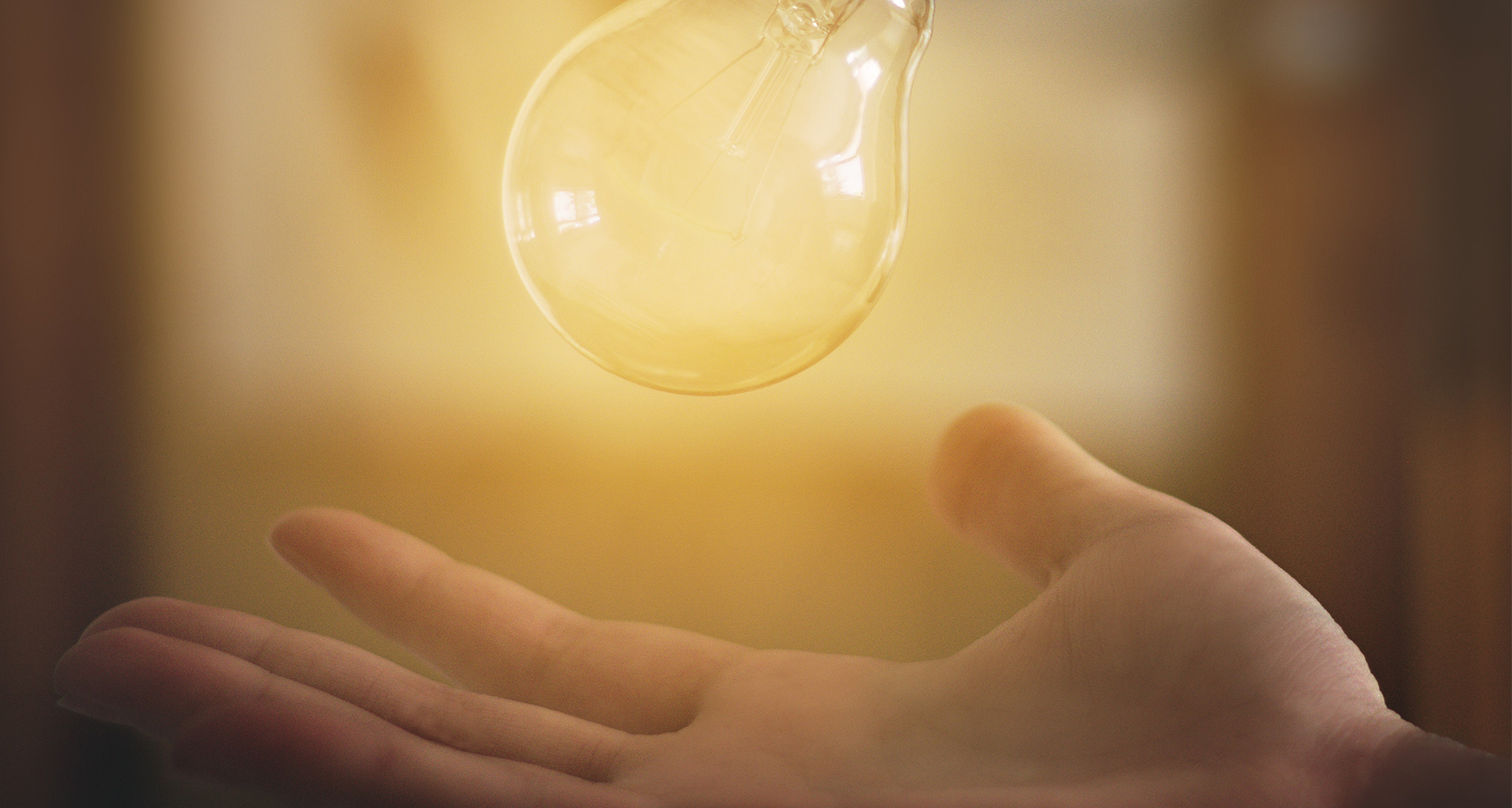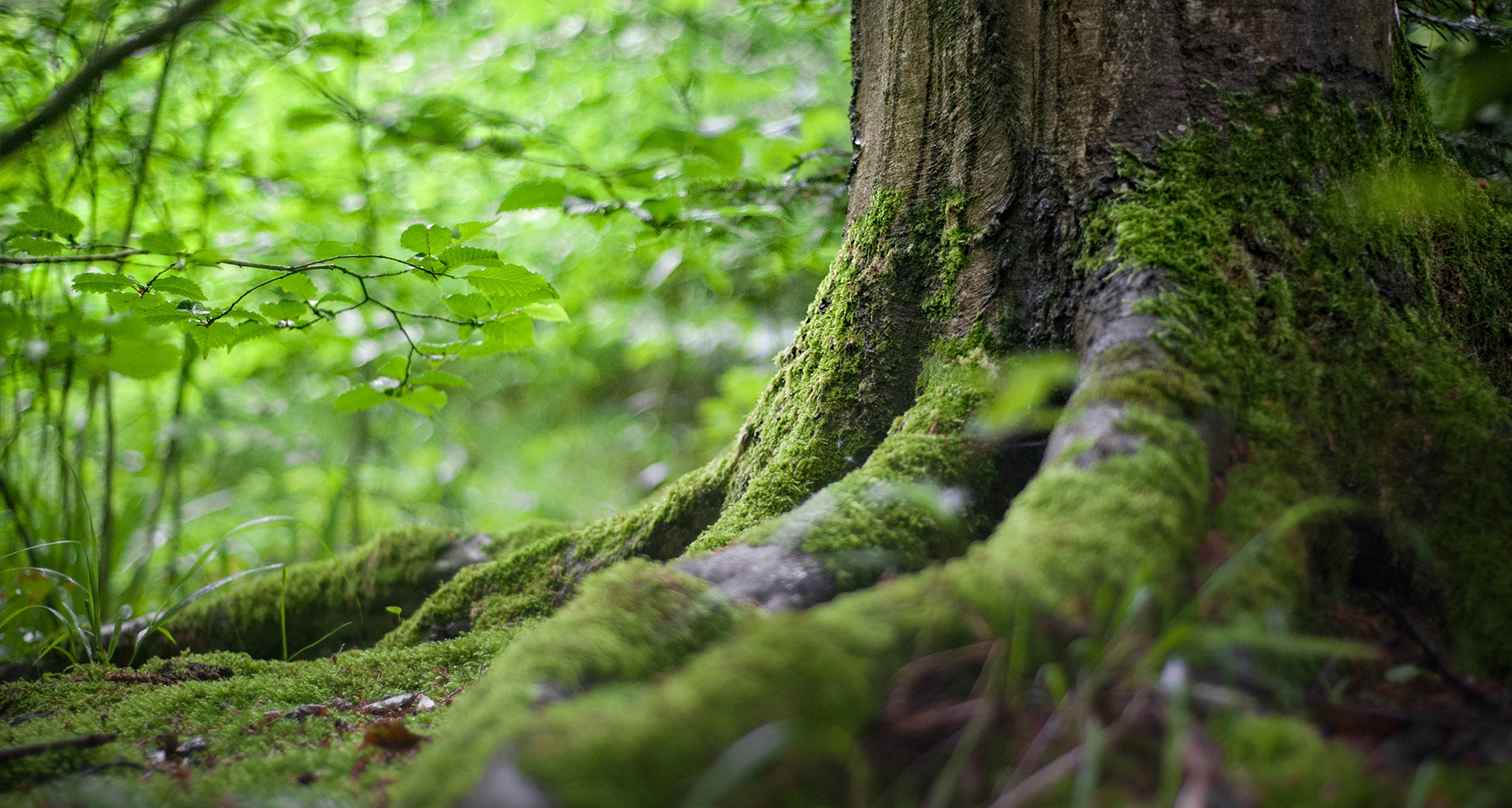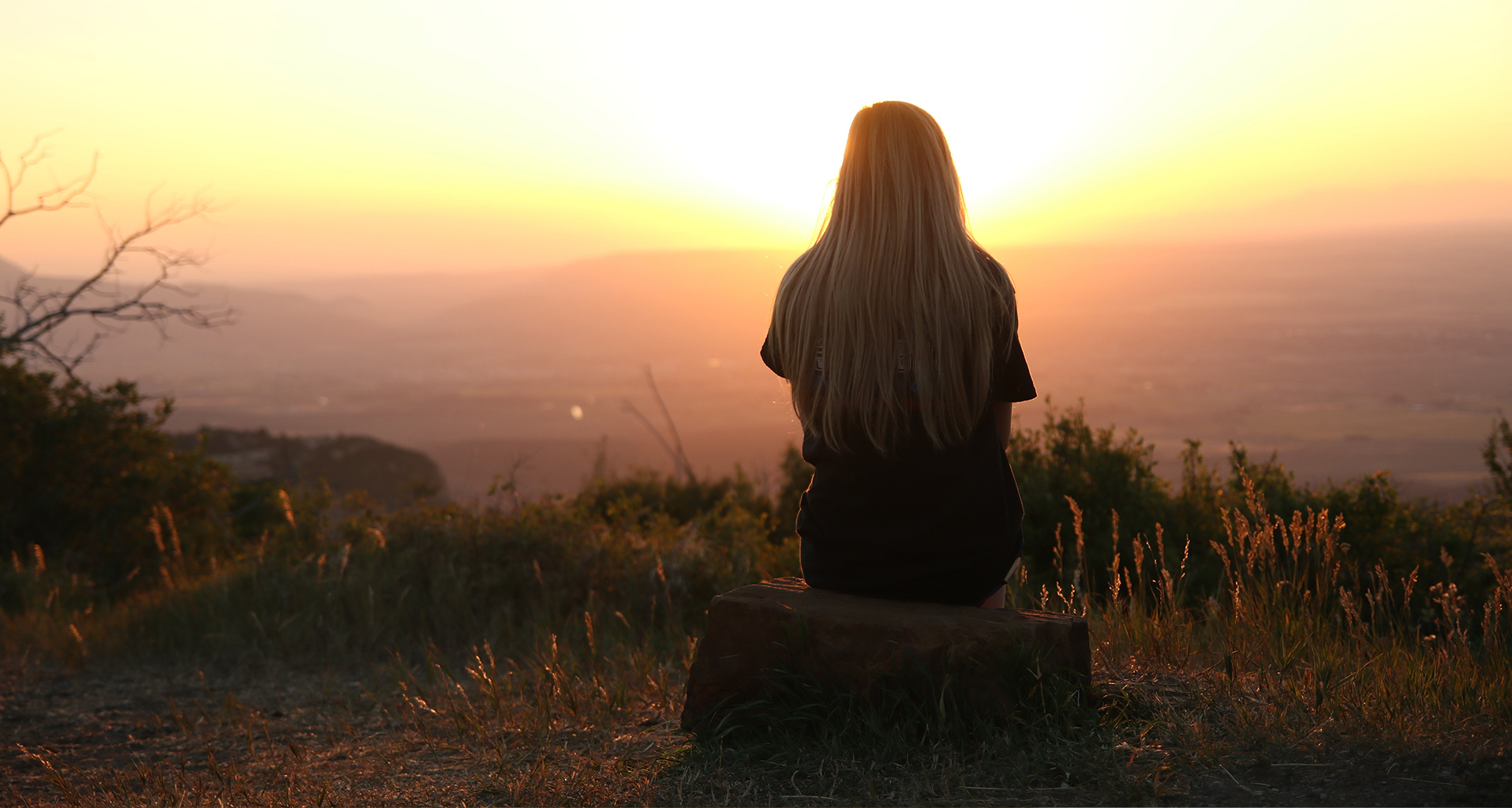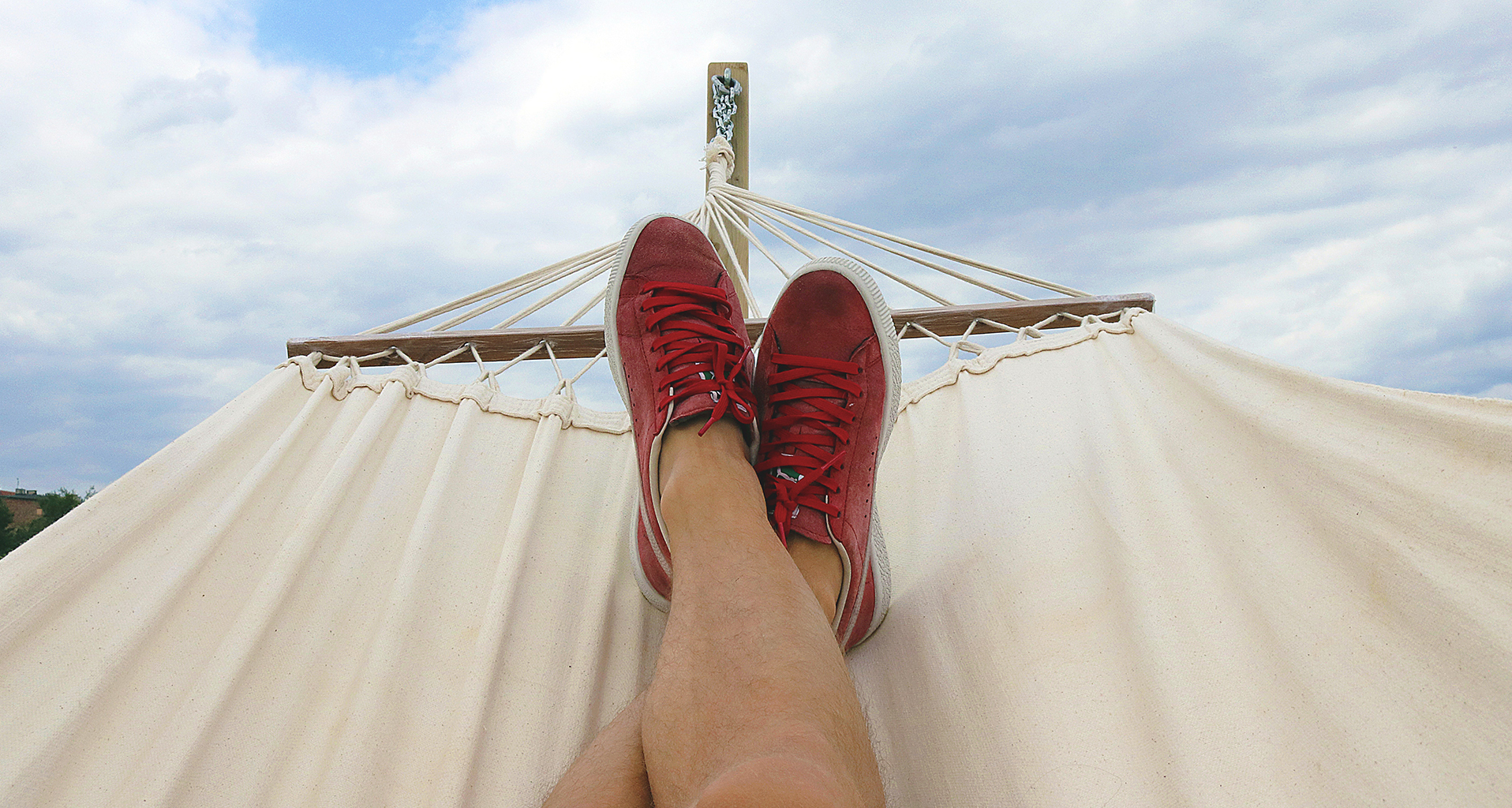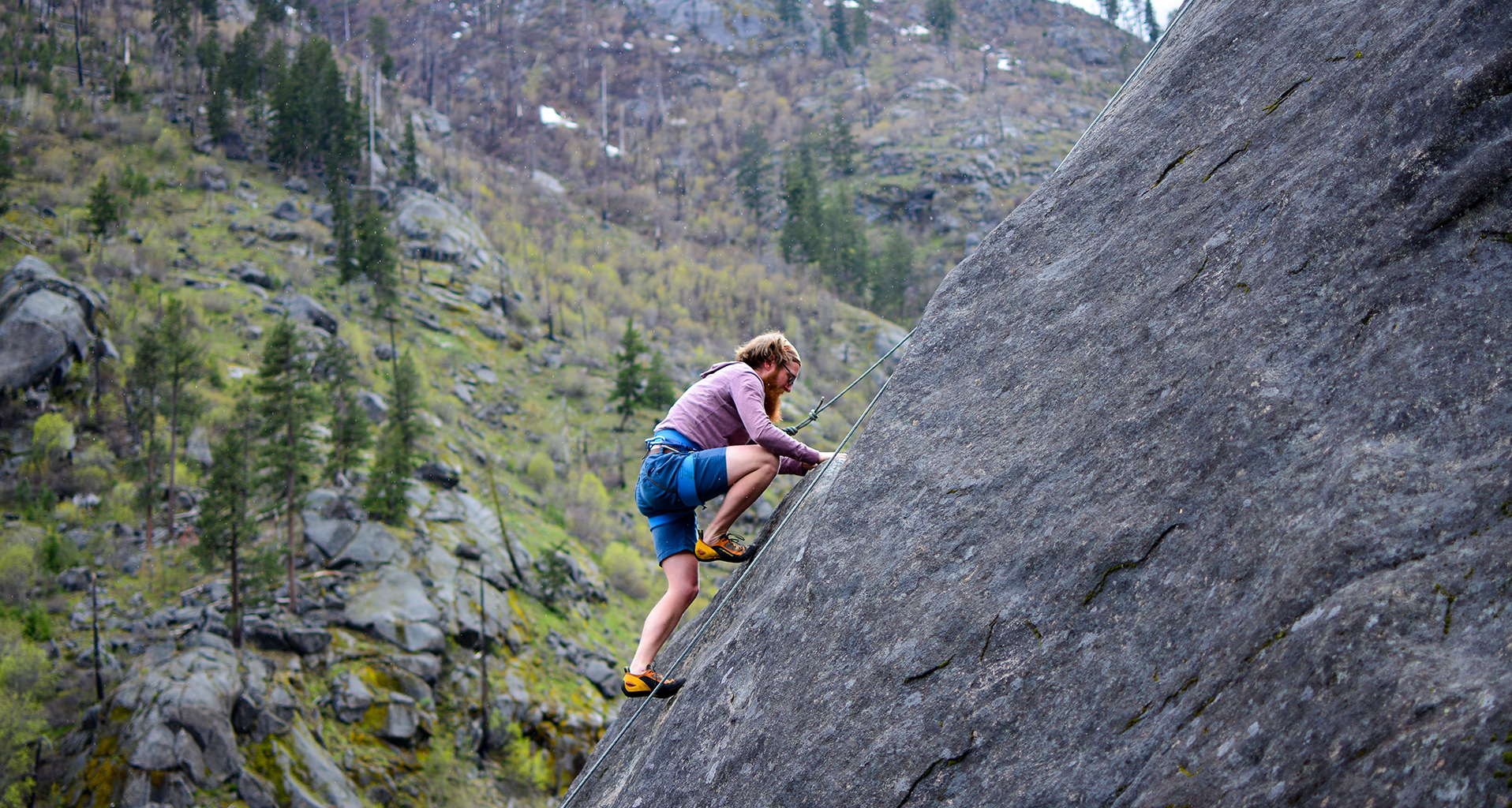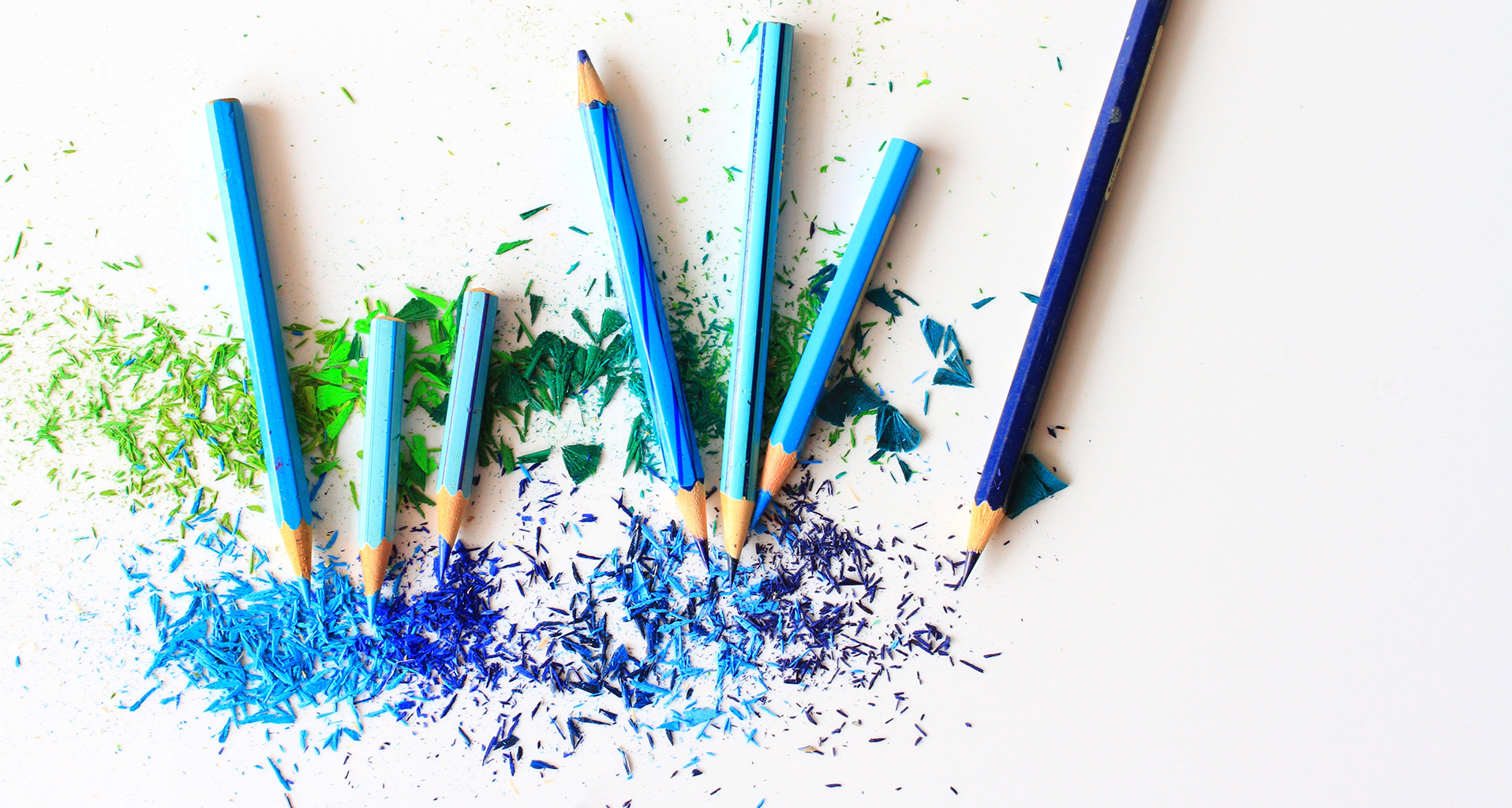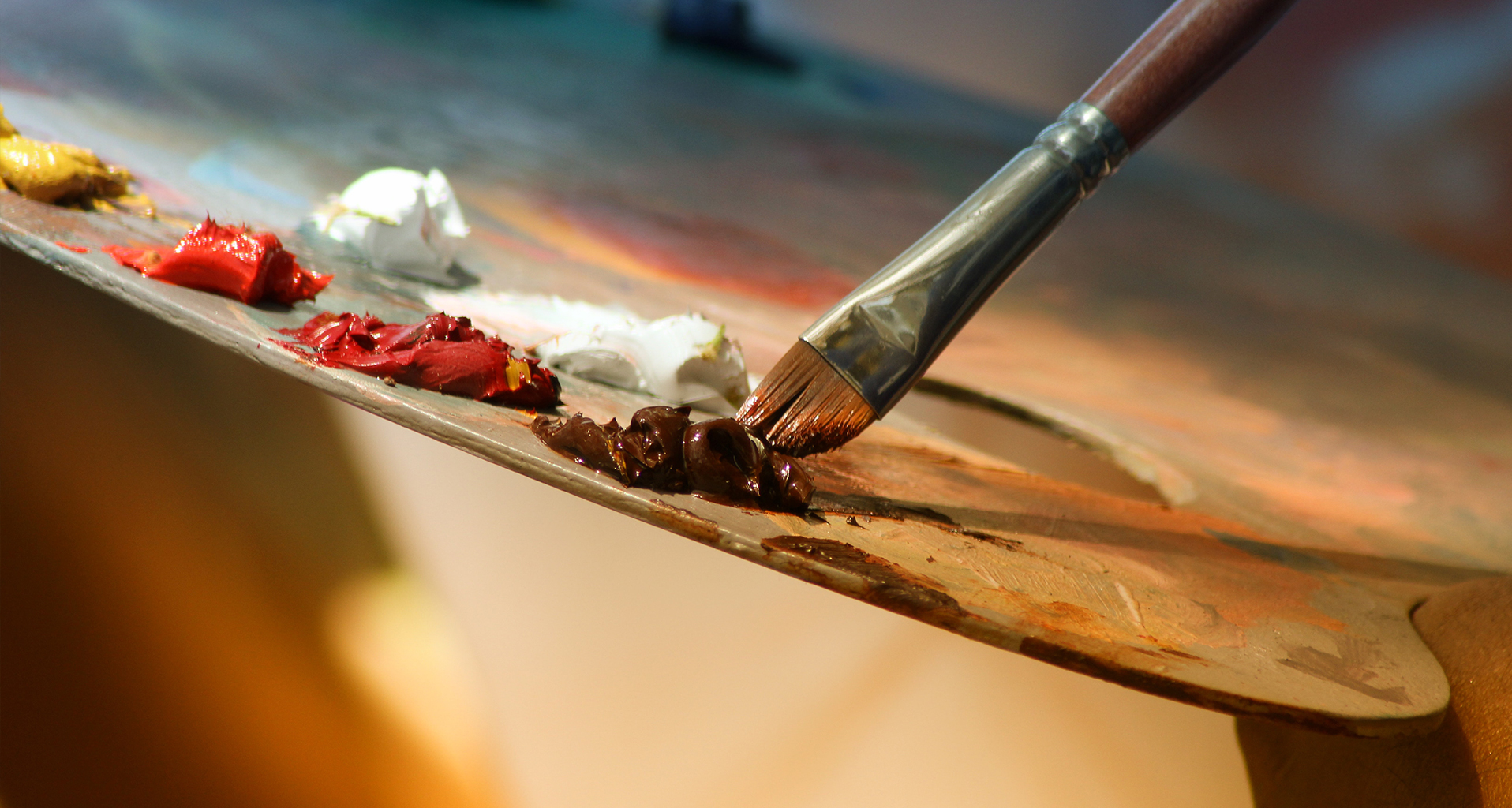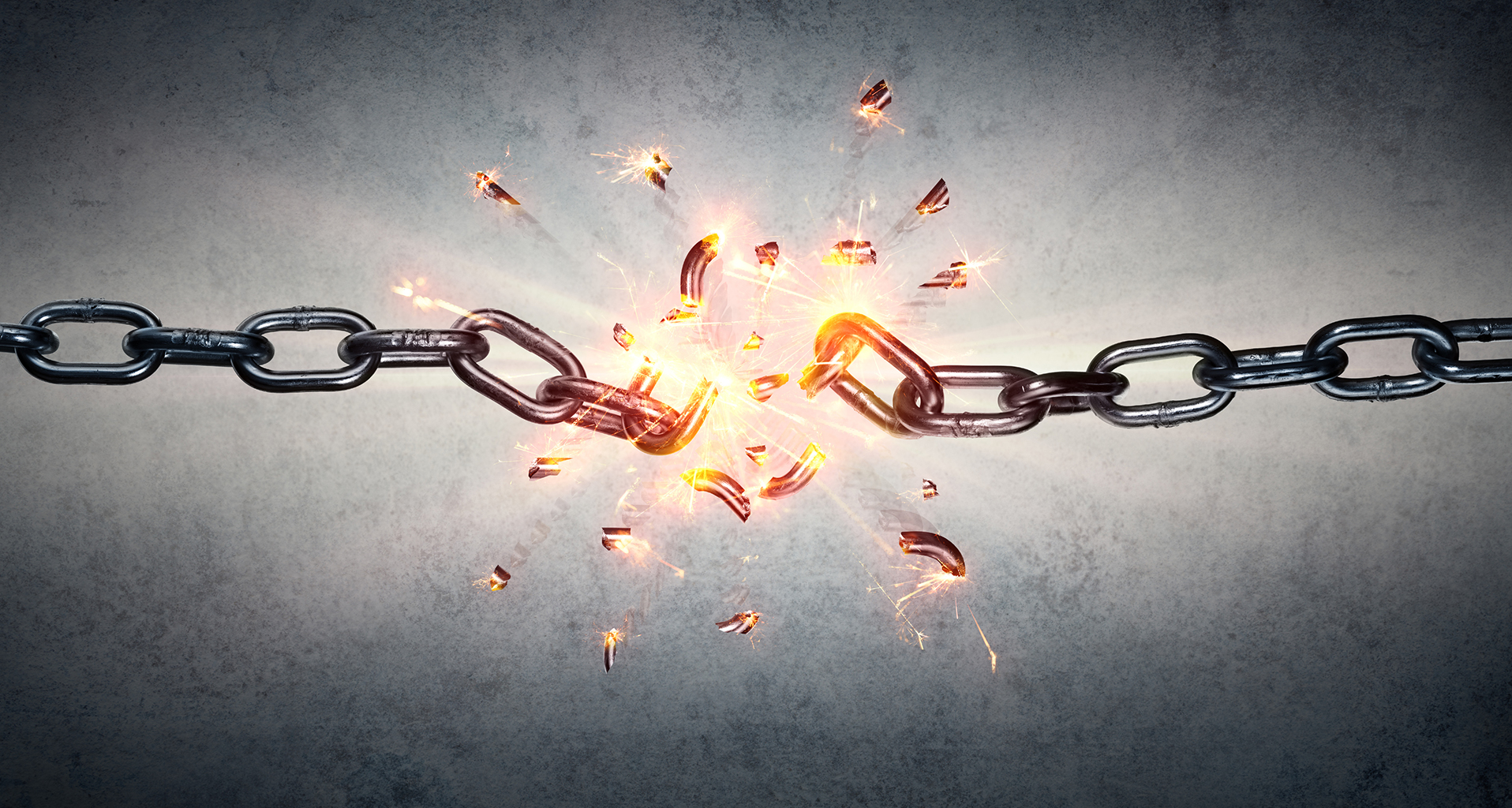“Men are disturbed not by things that happen, but by their opinions of the things that happen.”-Epictetus
A few years ago I realized my job was making me sick—physically, emotionally, and even spiritually. At least, that’s what I believed.
I would often wake up dreading the workday ahead, wondering what karmic by-law I could have possibly broken to deserve such misery. As time passed I became more and more depressed, confused and angry. I knew I had to make a change but had no idea what needed changing or how to change it.
Unfortunately, this was not a new problem. I’d done many things
over the years: labor, retail, self-employment, office work, customer service
and they had all made me feel the same way. And I’m not talking about a mild
dissatisfaction here. No, this was a terrible
get-sick-in-the-morning-just-thinking-about-it-and-want-to-quit-but-can’t kind
of hate.
Believe me, it’s not a nice place to be. It has a way of eating away at
you—slowly.
So why hadn’t these jobs made me happy? After all, some of them had been well-respected positions. It occurred to me that they must have shared some flaw—some hidden factor that was making me feel the way I did.
I was determined to find out what it was. If I could just figure it out, I was sure I could fix my unhappiness. I explored the all the factors I could think of: salary, co-workers, clients, the physical plant, the commute—you name it. Yet, the more I looked at these things, the clearer it became that none of them warranted the blame I was attempting to bestow upon them.
For example: my unhappiness couldn’t have been linked to the money since I got several raises over the years and I was still unhappy. Co-workers seemed to come and go and every client was different too. So I couldn’t really blame them either. Even the work changed—sometimes every day! I was stumped.
I became afraid that if I didn’t figure it out soon, I’d be stuck forever! There had to be some common link that I was missing. But what was it?
Present Moment Perspective
I didn’t know it at the time but I was unable to see the
solution because I had been blinded by the regret and anger of the past. To
make matters worse, my fear of the future was growing.
Then one day (don’t ask me why) I simply changed the way I looked at the
problem. Maybe I was tired of playing the “blame game”, maybe deep down I knew
there was a better way to live.
Anyway, I stopped worrying about how all these crappy jobs had ruined and
wasted most of my life. I just let it go.
I also stopped worrying about what might happen in the future. Would I ever
find my dream job? Would I ever be happy at work? I let these fears go too.
In doing so, I had (quite by accident) pulled myself fully and completely into
the present moment.
This was huge. At the time I didn’t understand the power of what had happened,
but it was about to change my life. You see, the present moment is all we
really have. It is from “here” that we draw our true strength. It grounds us in
a profound way.
Now thinking from the present moment, I was finally in the right spot to make a
positive change. I had, in a way, finally showed up for my own life. Now I
could see the problem from the correct vantage point; all I had to do was open
my eyes. I was about to become aware…
My First Brush with Awareness
I’ve come to see Awareness like a GPS. It lets you see where
you’ve been, where you’re going but most importantly where you are.
So many of us go through our entire lives without taking a good look at
ourselves and the things around us. When you consider the consequences, it’s
really quite sad.
Any problem can be solved through awareness and ‘present moment thinking’.
As I looked deeper for answers, my awareness grew. With that awareness, I saw
for the very first time, the common factor that I had been looking for. It was
the only thing that had remained constant throughout my entire working career.
That factor had been—Me!
I was forced to come to terms with the very real possibility that I (and I
alone) was responsible for my own unhappiness. It wasn’t an easy pill to
swallow—at first. After all, I couldn’t be the cause of my pain—problems were
simply things that happened to me. I wasn’t creating them! Why would I?
But in the end I had little choice but to accept the facts. Logic’s cold
accusing finger was pointed right back at me.
There was a process at work here. Let’s review what had occurred
so far.
1) By not worrying about (and looking at) the past or the future, I had nowhere
else to go but the present moment.
2) While in the present moment, I had a clear vantage granting me a new
awareness of the problem. I could now see that I had been the problem, all
along.
But I didn’t yet know why…
Moving From the Present Moment to Awareness to Mindfulness
Positioned perfectly in the Present Moment I was finally in the
right spot to solve the problem. Awareness opened my eyes to it. Combined,
these two conditions helped me to enter an even higher state of consciousness
that I call being “presently aware.”
But this still wasn’t enough. Just because I was in the right place and could
see the problem didn’t mean I understood how to fix it.
To fix a problem we must understand it—fully. To understand something fully, we
must see it for what it truly is. This is mindfulness. Mindfulness is kind of
like looking behind the magician’s curtain and seeing that it was all an
illusion.
When we understand things for what they truly are (with a sense of mindfulness)
we see right through them and come to the understanding that these things are
not real at all.
Mindfulness allows us to understand (to know) that no problem exists outside
our own minds and imaginations. So in the end there is nothing to fix, because
the problem never existed in the first place.
From a state of mindfulness, I was able to understand it had been my own
attitudes and actions that were creating my unhappiness. Nobody and no-thing
outside myself had any power to make me unhappy unless I gave them permission
to do so.
Let’s review this process once more in its entirety…
1) I pulled
myself into the present moment by letting go of past’s regret and future’s
fear. (Right Location).
2) From the
right location, I was now positioned to see the problem. I was now aware of
it. (Eyes Open)
3) By
combining present moment thinking and awareness I became “presently
aware”. (Clearer Vision)
4) The
illusion falls. The story, the drama, the fear—all of it ceased to be real to
me. (Mindfulness/ Knowing).
Now with this process in place, all I had to do was train myself to stay aware of when I felt unhappy at work. Then step back and know that I was in control of my happiness and that it was not controlled or created by any outside element. But I still had to choose to do it.
Choosing Happiness
This process can only work if you make the choice to use it.
It’s hard work. It takes will and dedication. But it’s worth it.
In time as you move toward mastery you will understand that you and you alone
are in control of your happy workplace.
To learn more about how you can move towards mindfulness in your life and workplace please read my book, “My Happy Workplace.”

